Modern neighborhoods may look polished and well-organized, but beneath the surface, their design often tells a different story—one of separation rather than connection. While urban planning once focused on fostering community, many newer developments prioritize convenience, privacy, and car-centric layouts that unintentionally (or sometimes intentionally) keep neighbors from interacting. From oversized garages to the lack of shared spaces, here are 12 ways today’s urban planning is quietly shaping a more disconnected way of living.
1. Cookie-Cutter Architecture
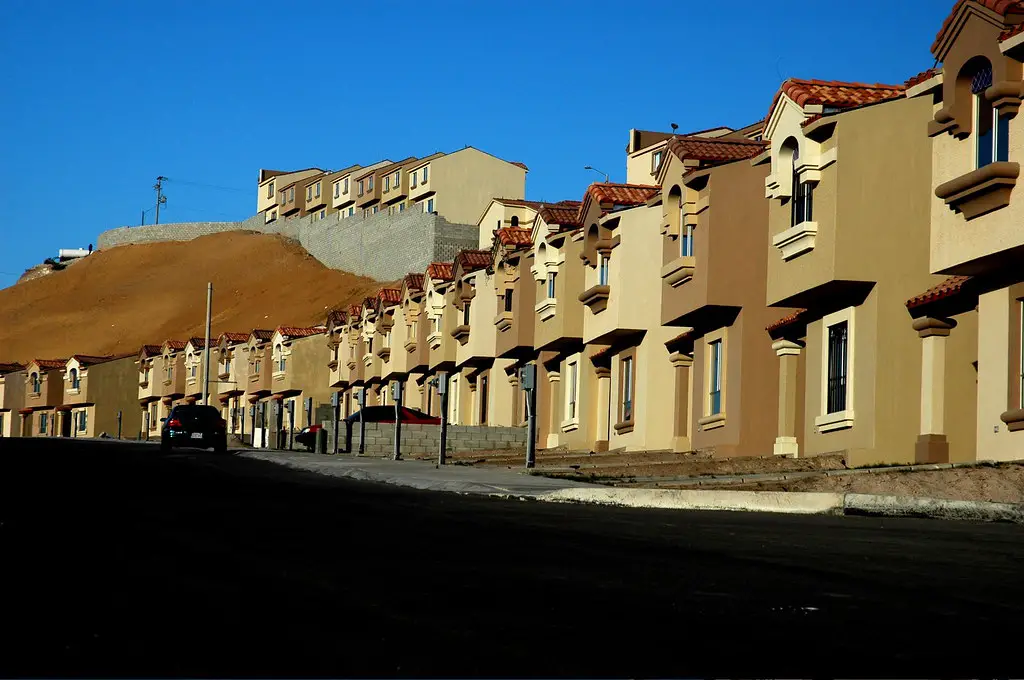
The prevalence of similar designs in many new neighborhoods results in homes that look almost identical to one another. While this may be more cost-effective for builders, it can also create a sense of sameness that makes it harder for people to feel unique or connected. The lack of personal touch can make it difficult for residents to express themselves and relate to one another on a deeper level.
When every house is essentially the same, there is little opportunity for neighbors to distinguish themselves. According to How Stuff Works, this lack of individuality can lead to a feeling of uniformity rather than diversity, which can inhibit interaction and engagement.
2. Lack of Walkability

One of the biggest trends in modern neighborhood design is the reliance on cars. Many new developments are built with wide, car-centric streets and sprawling, low-density housing, which makes walking to nearby destinations inconvenient and even unsafe, says the Federal Highway Administration. This lack of walkability discourages casual encounters and spontaneous conversations, making it harder for neighbors to meet or form connections.
While driveways and ample parking spaces are seen as convenient, they inadvertently encourage people to stay within their cars rather than engage with others. Walkability not only makes neighborhoods more accessible but also promotes community interaction. When people walk, they’re more likely to bump into their neighbors and engage in impromptu conversations. The absence of this makes for a more isolated, fragmented community.
3. Gated Communities
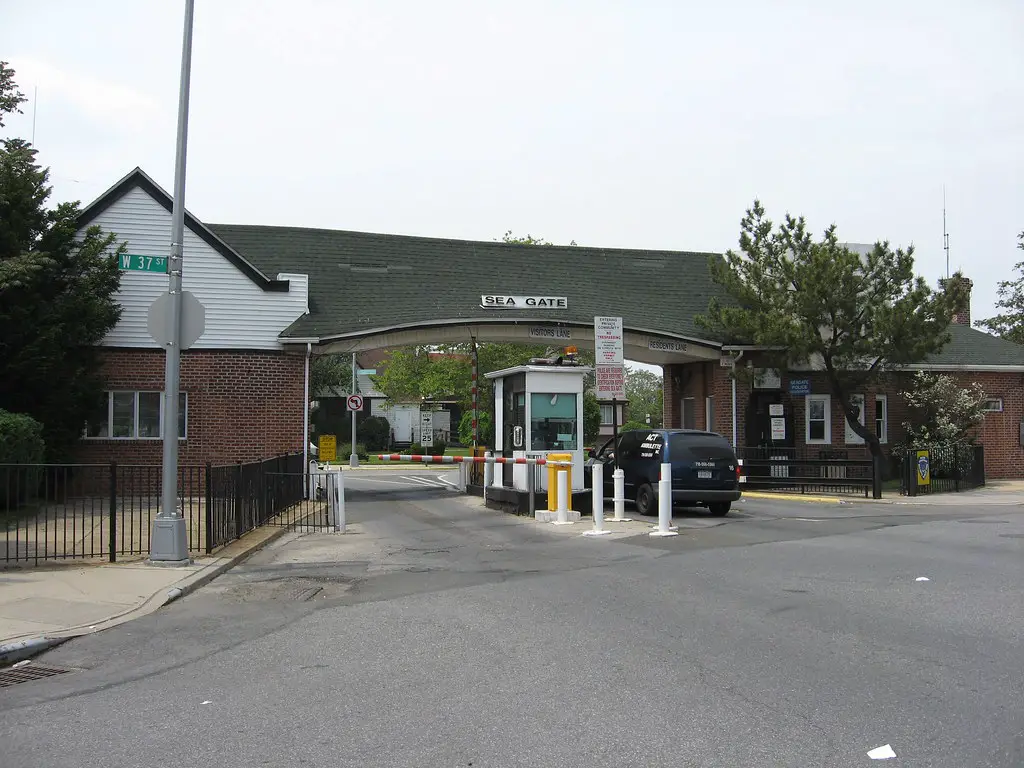
Gated communities are designed to offer privacy, security, and exclusivity. However, this very design often results in physical and social separation from the outside world. People living within gates may not have regular interactions with neighbors outside the walls, reducing the overall sense of community. The design reinforces the idea of being separate from the rest of society, notes Bloomberg.
This can result in a lack of diversity, both in terms of people and experiences. Gated neighborhoods may foster an “us vs. them” mentality, where residents feel disconnected from those who live just beyond the gates.
4. Lack of Public Spaces
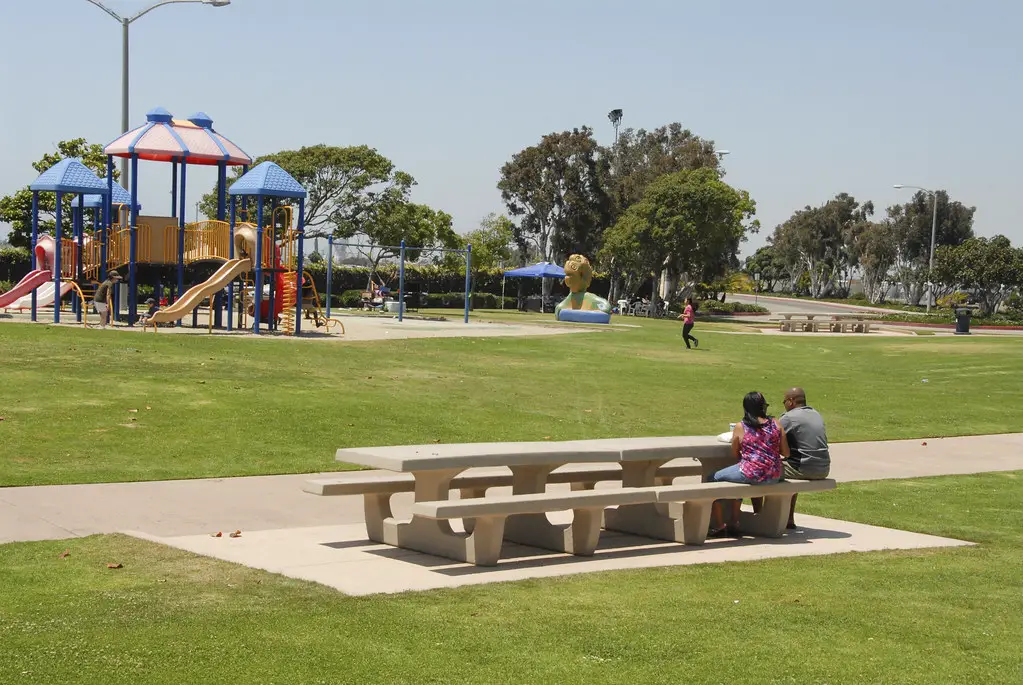
Many newer neighborhoods place little emphasis on creating public spaces where people can gather. Parks, town squares, and community centers are often neglected in favor of private homes and commercial developments. World Bank says that without these shared spaces, people are less likely to congregate and form relationships. This lack of communal areas reduces opportunities for neighbors to interact casually, which weakens the sense of belonging.
When people don’t have easy access to communal areas, it limits their ability to create connections with others outside of their immediate family or circle of friends.
5. Oversized Garages

Oversized garages have become a common feature in many modern neighborhoods, often taking up a large portion of a home’s front-facing design. While they offer plenty of space for vehicles and storage, they also come with a hidden social cost. These garages frequently dominate the streetscape, pushing front doors—and the social interactions that typically happen around them—out of sight. Instead of welcoming porches or shared green spaces, neighbors are greeted by blank garage doors, which create a more closed-off, impersonal environment.
With attached garages and remote-controlled doors, there’s often little reason to walk through the front yard or engage with the sidewalk—traditional zones where casual conversations might naturally happen. Over time, this can erode the sense of connection within a neighborhood, as the opportunities for spontaneous, face-to-face interactions become fewer and farther between. The result is a street full of homes that look occupied but feel strangely empty.
6. Segregation by Income
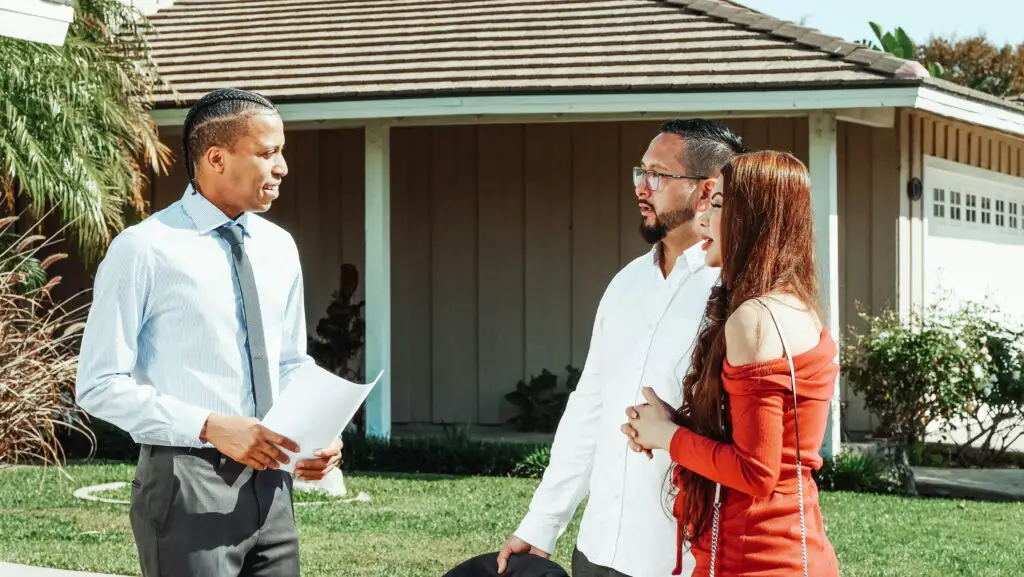
Newer developments often cater to one income bracket, creating socioeconomic divisions between neighborhoods. While high-end luxury homes might be located in one area, affordable housing options are often relegated to other parts of town. This physical separation can lead to a lack of cross-class interaction, contributing to a fragmented society.
When neighborhoods are built with income segregation in mind, the result is often a lack of diversity and a sense of exclusivity that discourages connections. This setup makes it more challenging for residents of different socioeconomic backgrounds to build relationships and engage in meaningful community-building activities.
7. Long Driveways and Limited Sidewalks

While a long, private driveway can be a mark of status or convenience, it often isolates a home from its neighbors. Unlike the shared front porches and sidewalks of older neighborhoods, the wide driveways of newer developments encourage residents to retreat behind their gates or into their garages, rather than engaging with others in the front yard.
The lack of sidewalks, or poorly maintained ones, compounds this issue. When people can’t easily walk or sit outside, they are less likely to interact with neighbors passing by. This physical separation reinforces the sense of individualism and discourages social connections.
8. Urban Sprawl
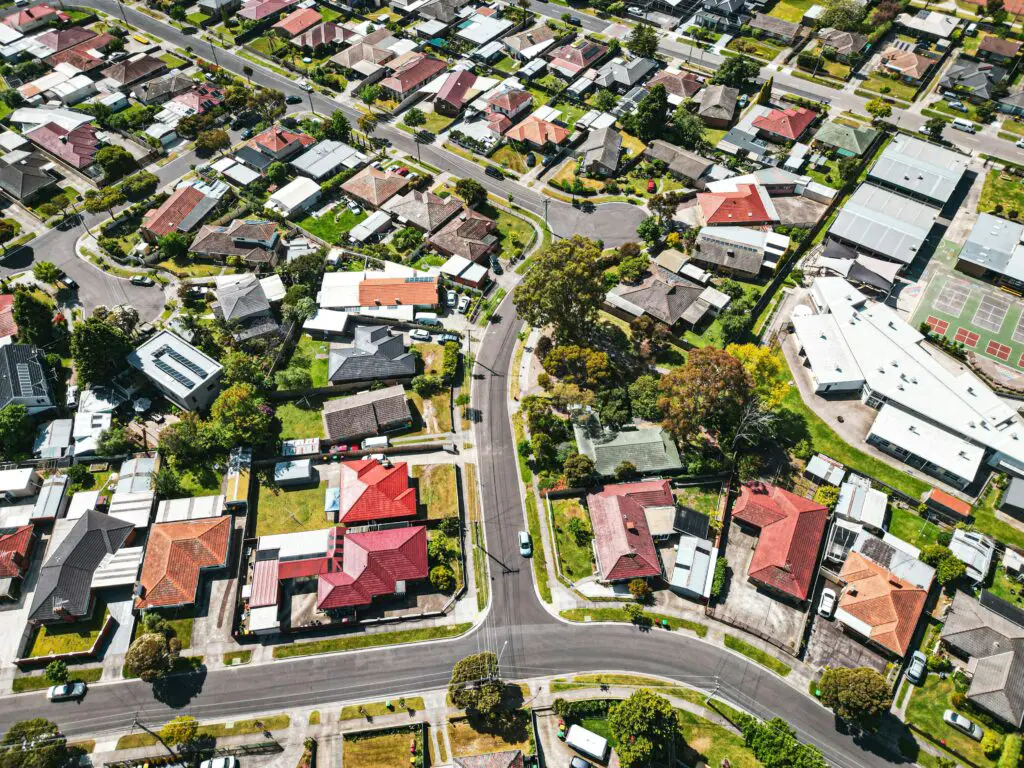
Urban sprawl is the result of rapid suburban development, where neighborhoods expand outward, eating up farmland and open space in the process. While this expansion can create more housing options, it also contributes to a sprawling, car-dependent lifestyle. When everything is spread out and far apart, people have to rely on cars to get anywhere, and spontaneous interactions become less common.
The convenience of larger homes in more suburban areas comes at the expense of community cohesion. Sprawl leads to a lack of central hubs or gathering places, causing neighbors to feel more disconnected from one another.
9. Lack of Diversity

Many new developments are built with little consideration for diversity, both in terms of race and culture. As a result, communities become homogenous, reducing the chances for people from different backgrounds to interact and learn from one another. When neighborhoods are predominantly made up of people who share similar views and lifestyles, there is little opportunity for exchange and understanding.
Diversity is a key ingredient for building strong, connected communities. When people from different backgrounds come together, they learn from each other and build more inclusive environments. Without diversity, neighborhoods can become stagnant and less dynamic.
10. Drive-Through-Only Services
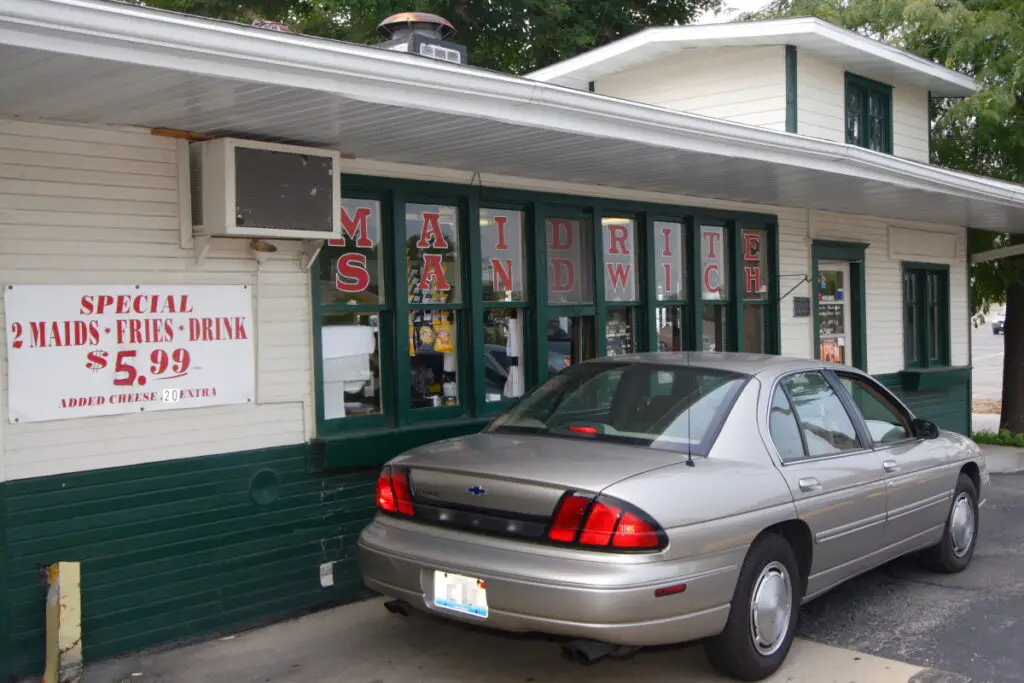
The rise of drive-through services—whether for coffee, groceries, or fast food—reinforces the idea that convenience is more important than connection. In many new neighborhoods, people can go days without leaving their cars, which further isolates them from the outside world. The lack of foot traffic in commercial areas discourages local businesses from opening up, further reducing opportunities for people to interact face-to-face.
A reliance on drive-through services may seem convenient, but it also removes the opportunities for chance meetings and casual conversations that can help build community connections.
11. Design for Privacy Over Community
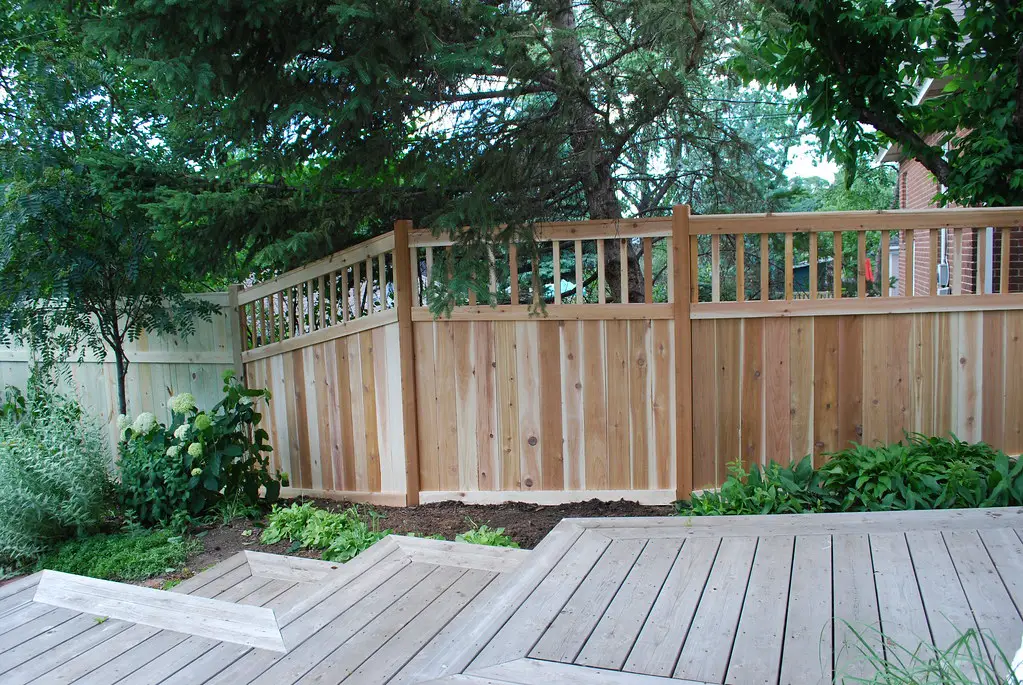
Modern architecture often focuses on creating private spaces that are shielded from the outside world. Homes may have high fences, thick hedges, and large backyard walls to offer more privacy for residents. While these features can be appealing, they often come at the cost of social openness. Neighbors are less likely to interact when their homes are physically separated by barriers that discourage visual engagement.
While privacy is an important consideration for many homeowners, overemphasizing it can make neighborhoods feel less inviting. A more open design—where people can easily see and engage with one another—can help foster a stronger sense of community.
12. Exclusivity of Amenities

Modern developments often tout high-end amenities, such as fitness centers, pools, and clubhouses, but these amenities are often restricted to paying residents or those with exclusive access. This limits the chances of spontaneous interaction with people outside of your immediate neighborhood and discourages cross-community engagement.
The problem with these amenities is that they concentrate resources within specific groups, creating social bubbles. If neighbors are not allowed access to the same spaces, it becomes harder for everyone to interact, further perpetuating isolation.
